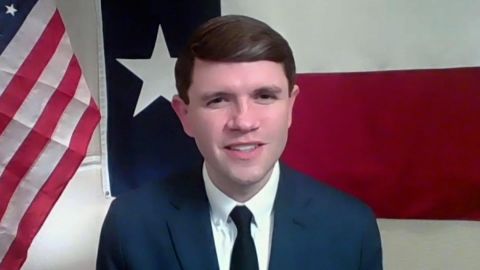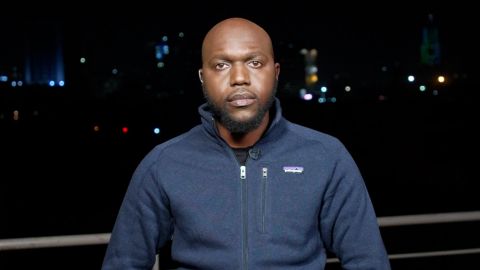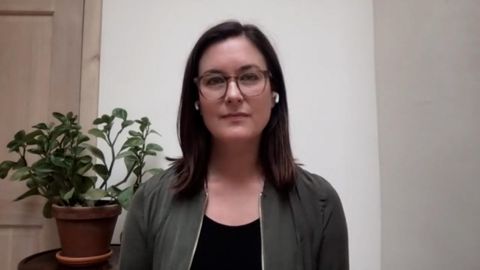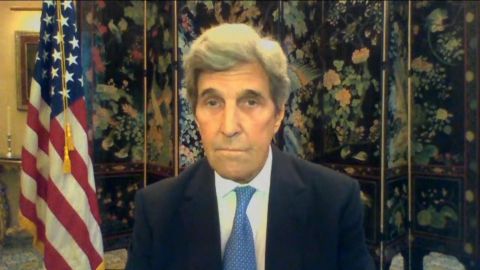Read Transcript EXPAND
KATHARINE WILKINSON, CO-EDITOR,”ALL WE CAN SAVE”: I think the first thing to note, Christiane, is that, most of the time, the climate silence is deafening, right? We know that this is true in day- to-day conversation. People are not talking about this with their friends and family. We have had way too much silence from the media. And, often, as you’re suggesting, when climate has been communicated, it’s coming through couched in the language of science and policy, and we’re not speaking to people’s values and beliefs, right? We understand this with so many other topics. We have to tell human stories that reach not just our heads, but our hearts, and quite literally bring it home for people. When we start with the things that people already care about, and connect the dots to those things, we are welcoming people in, rather than expecting them to have a Ph.D. in climate science before they can join the conversation.
CHRISTIANE AMANPOUR: So, can you give me, Katharine, a bit of an example? Because, again, Secretary Kerry and many economists rightly point out that this is the future economy of the world. This is what’s going to really drive the world, this technology that will help in our climate crisis. And yet people seem not to still want to want to take notice of that, as we have seen in the hostility, not just hesitancy, over vaccines, the ongoing hostility about the idea of science and climate. Give me a few examples of reaching the heart, and how you have seen that it might have made a difference, even on a small level.
WILKINSON: Absolutely. Well, I think when we’re talking about reaching people’s hearts, it’s worth remembering that the messenger is just as important as the message. And when we take a step back and look at whose voices are we hearing on the climate crisis, the data tells us that we are mostly, we meaning the public, are mostly hearing from white men. And we absolutely need them on the team. But when we look at polling data, it’s actually people of color and women who are the most concerned about climate change and ready to engage. They’re also disproportionately affected by climate impacts. So, we have got a mismatch. And I think, when we look at something like the anthology that I co-edited with Dr. Ayana Elizabeth Johnson, we deliberately created a kaleidoscopic approach, 41 women climate leaders, essays from them, but we also incorporated art and poetry, so that we’re reaching people through different mediums. We’re also seeing this increasingly through climate podcasts, telling narrative articulations of where we are on climate, why we’re in the mess we’re in, and what we can do going forward.
About This Episode EXPAND
John Kerry; Katharine Wilkinson; Larry Madowo; Rep. James Talarico
LEARN MORE



